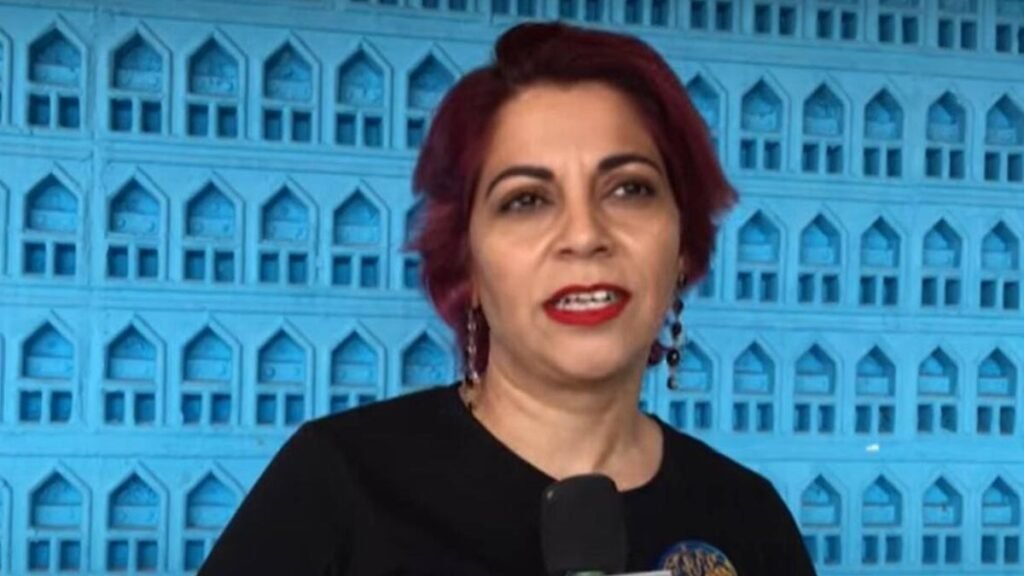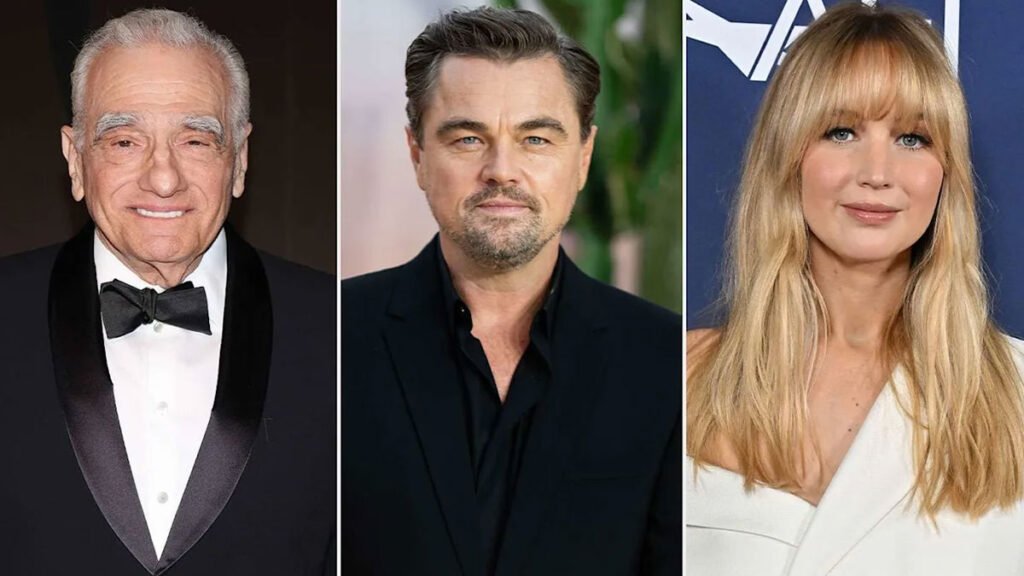Naina Redhu, who joined Twitter in 2006 as the first Indian user, shares her perspective on the platform’s evolution — from a niche community space to Elon Musk’s ambitious rebrand as X.
In July 2006, when most Indians were busy on Orkut, a young photographer named Naina Redhu signed up for a new microblogging service then known as TWTTR. She didn’t know it then, but this decision would make her the first Indian to join Twitter — a platform that would go on to reshape global conversations.
Now, nearly two decades later, Redhu has witnessed every twist in Twitter’s journey: from being a small, close-knit network of early adopters to its reinvention as “X” under Elon Musk’s ownership.
Early Days: Alone on a New Platform
Redhu recalls receiving an email invite in 2006, when Twitter was still testing under its codename. “At that time there was no one from India. Most chats I saw were between Twitter employees or their friends,” she shared in an interview. Feeling out of place, she left the platform for over a year before returning in 2008 — just as Twitter started gaining traction worldwide.
Her earliest posts were casual and personal. “We used to talk about daily life. It wasn’t about who was reading,” she says. That intimacy, she feels, has now been replaced by a more cautious, performative culture where users think twice before posting.
Building a Digital Presence
Since then, Redhu has sent more than 175,000 tweets and built a following of around 22,000. While her use of the platform has shifted — now mostly work-related — she still represents a rare perspective: someone who has grown alongside the platform itself.
“The openness has gone,” she reflects. “Earlier, it felt like a community. Now, it’s about reach, virality, and judgment.”
The Elon Musk Takeover
In October 2022, Elon Musk completed his $44 billion acquisition of Twitter. Within months, the platform underwent its most dramatic transformation yet — including a rebrand to “X” in July 2023 and the launch of new features like long-form posts, audio-video calls, job listings, and AI tools such as the Grok chatbot.
But for users like Redhu, the most controversial shift has been the decision to charge for the blue verification tick.
“For 16 years, I didn’t pay for it. Why should I now?” she asked. Her skepticism mirrors the global debate: should verification be about authenticity or affordability?
India’s Twitter Landscape
India has over 23 million Twitter users, making it one of the platform’s largest markets. Redhu believes most casual users won’t be affected by verification fees. “People who need it and can afford will buy it. The real issue is for independent voices like journalists who may not have the resources to keep their verified status,” she cautions.
She also worries about misinformation. “Twitter is not the place for truth by default. It’s a place to see what’s happening, but people must do their own research.”
Valuation and Uncertain Future
Musk’s rebrand has drawn both admiration and criticism. Branding experts warn that dropping the iconic blue bird could cost billions in brand equity. At the same time, Musk envisions X as a WeChat-style “everything app,” combining social networking with payments, commerce, and AI-driven services.
On the financial side, reports show conflicting valuations:
- In early 2025, some secondary deals briefly valued X at $44 billion, suggesting a recovery to Musk’s original purchase price.
- But more recently, X was folded into Musk’s AI firm xAI in an all-stock deal valuing the platform at about $33 billion (equity only) — or around $45 billion if debt is included.
This means the “$44B rebound” headline is only partially accurate. The true picture is more complex and depends on whether debt is counted.
Looking Ahead
For long-term users like Redhu, the challenge is adapting without losing the essence of why they joined in the first place. “It was never about numbers. It was about conversations,” she says.
Her decision to withhold judgment on paying for verification until there is more clarity reflects a pragmatic, cautious approach shared by many veteran users.
The story of India’s first Twitter user is not just about nostalgia — it highlights the deeper question of what social platforms should stand for in an era when authenticity, accessibility, and profit often collide.


